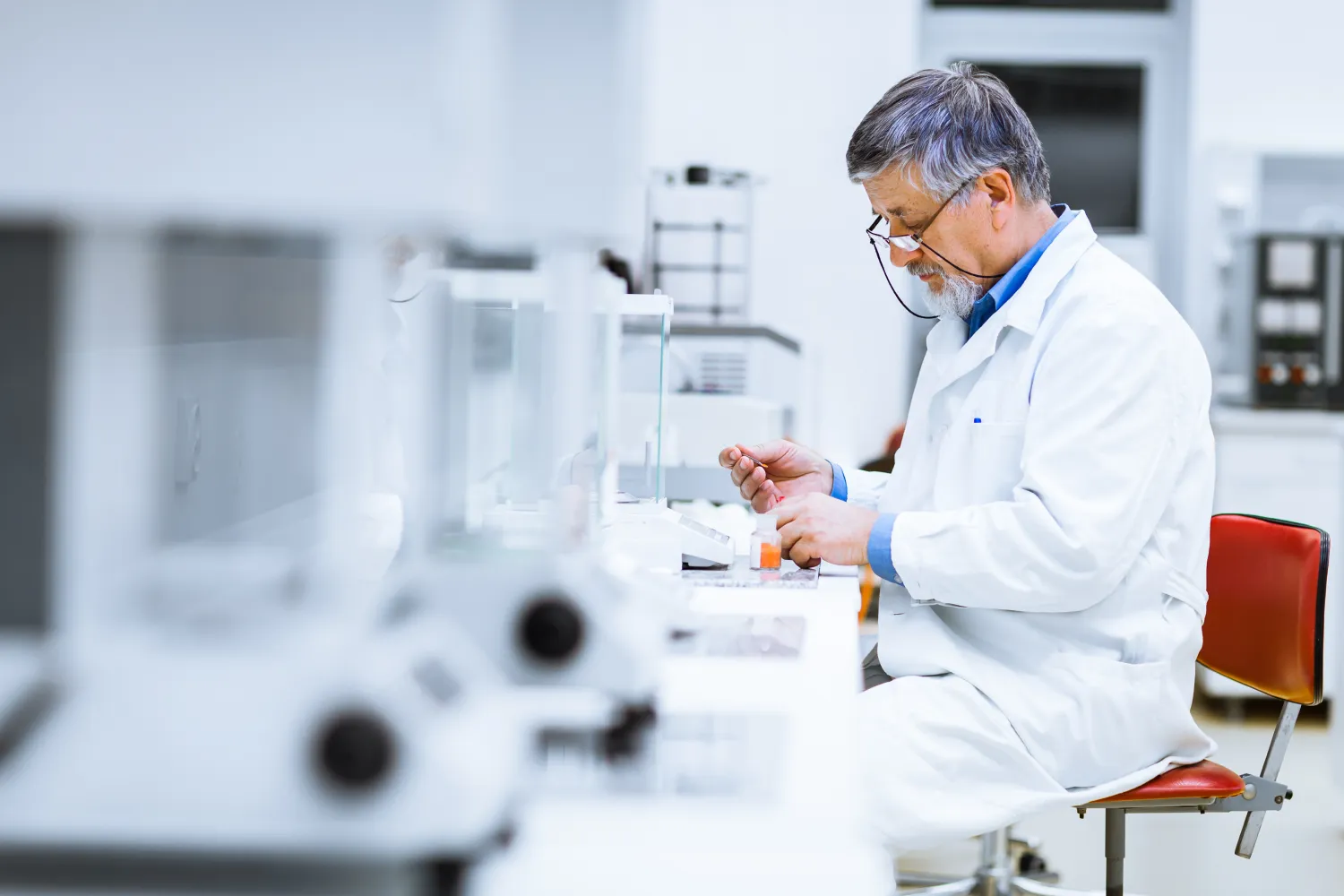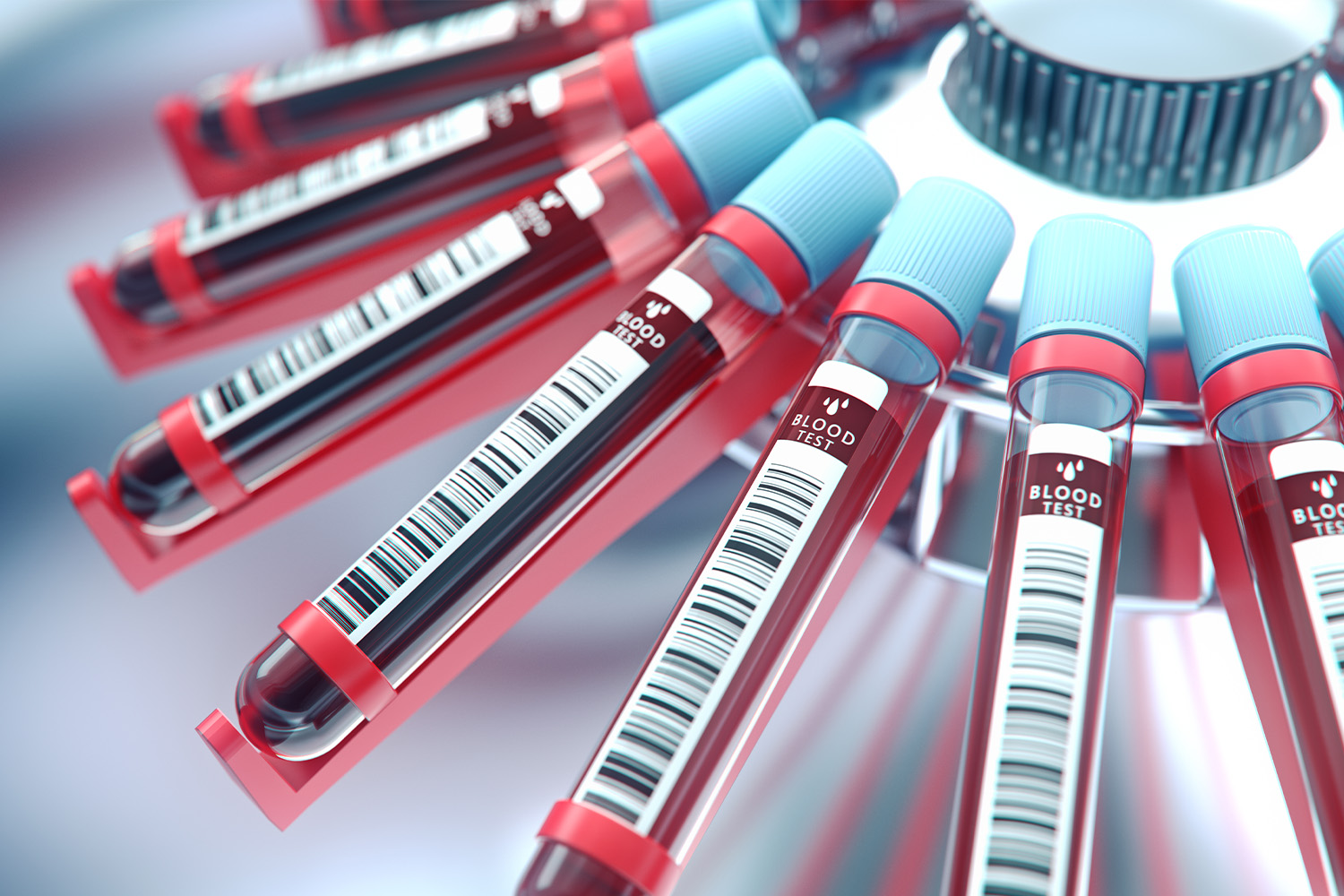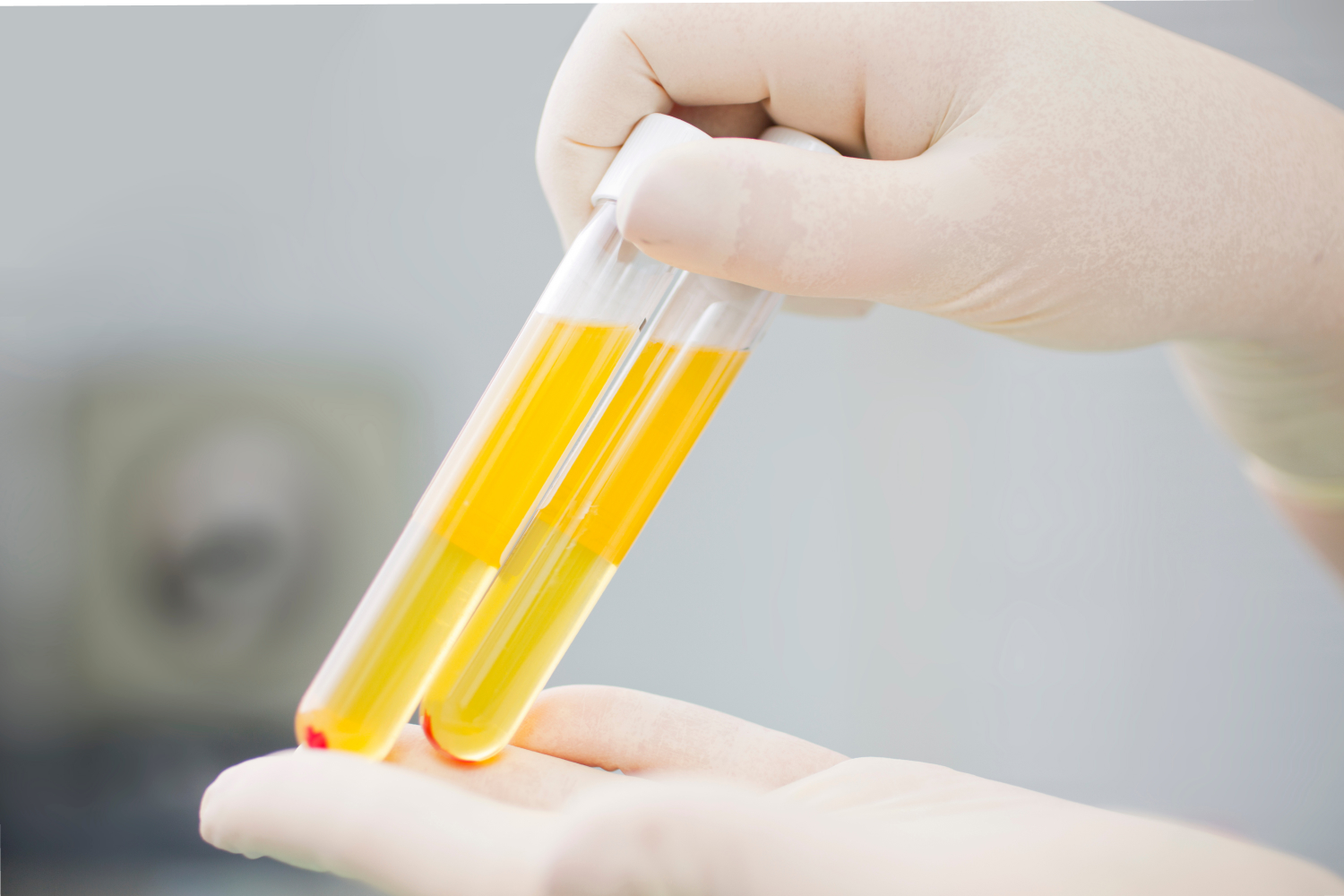Biological samples are biological materials that are collected from living organisms or their environment for research or diagnostic purposes. These samples can provide valuable insight into understanding various physiological, pathological, or genetic processes.
In this article, we will discuss some common examples of biological samples and how they are used in different research disciplines.
What Are Biological Samples?
Essentially, a biological sample is any type of biological material derived from a living organism that can be studied and analyzed in a laboratory. This can include anything from blood, serum, and urine to tissue samples such as skin, muscle, and organ tissue, as well as cell cultures and DNA samples.
The importance of biological samples in research spans many fields, including medicine, genetics, microbiology, and many others. These samples are essential in understanding the underlying mechanisms of diseases and how they can be treated or prevented.
They are also used in the development and testing of new drugs, therapies, and vaccines. The study of biological samples has enabled the identification of numerous biomarkers, which are specific molecules that can indicate the presence or severity of a disease. Additionally, the analysis of DNA samples has led to advancements in personalized medicine, allowing doctors to tailor treatments to an individual’s genetic makeup.
What Are the Most Common Types of Biological Samples?
Blood
Blood is a crucial biological sample used extensively in medical research to uncover critical insights into the human body’s functioning. As a sample, blood is used to identify infections, diagnose diseases, and monitor therapeutic interventions. Blood samples are taken from veins or capillaries, primarily from the arm, and can be processed to yield various components such as plasma, serum, or white and red blood cells.
The cellular composition of blood carries valuable information about the immune system, the oxygenation states of vital organs and tissues, and coagulation properties. Blood samples can be utilized in several assays such as immunoassays, nucleic acid extraction, and protein quantification.
Urine
Urine is one of the most commonly analyzed biological samples because it can provide valuable information about an individual’s health status.
This liquid waste product of the body contains various molecules such as hormones, electrolytes, proteins, and metabolites, which can indicate the presence of certain diseases or conditions. The analysis of urine can also help in monitoring the effectiveness of treatments and medications.
Analyzing urine can help healthcare professionals diagnose and manage conditions such as urinary tract infections, kidney disease, diabetes, and pregnancy. Overall, urine is a highly informative and easily accessible biological sample that is widely used in both clinical and research settings.
Saliva
The use of saliva as a biological sample has gained prominence in recent years due to its easy and non-invasive collection process.
Salivary biomarkers have been identified for various diseases, including diabetes, cancer, and infectious diseases. Saliva is also used in forensic investigations, as it can provide DNA samples that can be used for identification.
The collection of saliva is simple, cost-effective, and can be done without the need for trained personnel or specialized equipment. Saliva samples can be easily stored and transported, making it a convenient option for clinical and research purposes.
Tissue
Biological tissue samples are one of the most commonly used types of biological samples in medical research. Tissue samples can come from various sources including organ biopsies, surgical resections, and autopsy samples.
Tissue biopsies are commonly obtained using minimally invasive procedures, which can help reduce patient discomfort and the risk of complications.
Tissue samples can be analyzed using various techniques, including histological analysis, RNA sequencing, proteomics, and metabolomics.
Tissue samples are also useful for biomarker discovery and drug development. Furthermore, tissue samples can be used to develop animal models of disease that can be used to test potential therapeutic interventions.
Cerebrospinal Fluid
Cerebrospinal fluid (CSF) is one of the many biological samples that medical researchers use to diagnose various diseases and disorders, particularly those related to the nervous system.
This clear, colorless fluid flows through the intricate network of channels in the brain and spinal cord, providing cushioning, nourishment, and protection to the delicate structure of these vital organs.
By analyzing the levels of certain proteins, enzymes, and other biomarkers in CSF, researchers can look for signs of nerve and brain damage, infections, inflammation, tumors, and other neurological disorders.
They can also use CSF to test for genetic abnormalities or to monitor the efficacy of certain treatments.
Several techniques, such as enzyme-linked immunosorbent assay (ELISA), polymerase chain reaction (PCR), and mass spectrometry, are commonly employed to analyze CSF samples in the laboratory.
Clinicians can obtain CSF samples from patients by performing a lumbar puncture (also known as a spinal tap), which involves inserting a needle into the lower back region and drawing out a small amount of fluid. Although CSF sampling is generally considered safe, there are risks associated with this procedure, such as bleeding, infection, and nerve damage.
Semen
The study of semen as a biological sample is critical in medical, legal, and fertility testing. Semen, also known as seminal fluid, is a bodily fluid that is secreted by the male reproductive organs.
The examination of semen samples allows for the detection of various medical conditions such as prostate cancer, sexually transmitted infections, and infertility.
Forensic investigations also analyze semen samples to link a suspect to a specific crime scene, as semen can be found on clothing, bedding, or in body cavities.
Moreover, semen analysis is critical in fertility testing as it helps to determine the quality and quantity of spermatozoa. These analyses often include evaluating the morphology, motility, and concentration of sperm cells to assess the male’s ability to fertilize a female’s egg.
Feces
Feces, also known as stool or excrement, is one of the most readily accessible and abundant biological samples. It is composed of undigested food, dead cells, and bacteria from the digestive tract.
Feces can be used to analyze the microbiome of an individual, which is the collection of microorganisms that live in and on the body. The microbiome plays an essential role in human health, and an imbalance of microbes has been linked to various diseases.
Fecal samples are also used to detect the presence of pathogens such as bacteria, viruses, and parasites. These pathogens can cause a range of illnesses, from minor infections to life-threatening diseases.
Fecal samples can also be used to diagnose gastrointestinal disorders, such as inflammatory bowel disease and colon cancer.
In addition, feces can provide valuable information about an individual’s diet and metabolism. For example, the presence of certain fatty acids can indicate a high fiber diet.
Bone Marrow
Bone marrow is a soft and spongy tissue found in the cavities of bones and plays a crucial role in the production of blood cells.
Bone marrow is typically obtained through a bone marrow biopsy, which involves removing a small amount of bone marrow from the hipbone or breastbone.
Bone marrow can be used for a variety of research purposes, including the study of blood disorders, the development of new treatments for leukemia and lymphoma, and the production of stem cells for transplantation. Additionally, bone marrow can be used for diagnostic purposes to identify genetic disorders and monitor the progression of certain diseases.
Cell Lines
Cell lines are an in vitro model of living cells that have the ability to proliferate indefinitely. They are a valuable tool in biological research, as they provide a simplified and controlled system for studying cellular processes.
Cell lines can be derived from a variety of sources, including cancerous and non-cancerous tissues. In cancer research, cell lines are often used to investigate the mechanisms of tumorigenesis and to test the efficacy of anti-cancer therapies. Non-cancerous cell lines are used to study a range of biological processes, such as cell signaling, differentiation, and metabolism.
FAQs About Biological Samples
What are the challenges of working with biological samples?
Working with biological samples presents challenges such as sample storage, degradation, contamination, and variability.
What techniques are used to extract DNA from biological samples?
Common DNA extraction techniques used for biological samples include column-based purification, silica beads, organic extraction, and magnetic bead technology.
What are the ethical considerations surrounding the collection and use of biological samples?
Ethical considerations when collecting and using biological samples include privacy concerns, obtaining informed consent, and ensuring that the research is conducted in an ethical and responsible manner.
What is the importance of properly handling and storing biological samples?
The proper handling and storage of biological samples is critical to ensure that the sample remains viable and to prevent sample degradation, contamination, or loss. This is important to maintain the integrity of the sample, allowing for valid and reliable research results.
Conclusion
Biological samples are an indispensable tool for scientific research and medical practice and will continue to drive advancements in our understanding and treatment of diseases in the future.
Examples of biological samples include blood, urine, tissue, and saliva.
- Blood is one of the most frequently used biological samples as it is easily accessible and provides a wealth of information about a patient’s overall health.
- Urine samples are commonly used for detecting kidney dysfunction, metabolic disorders, and drug tests.
- Tissue samples, such as biopsies, are used for the diagnosis of various diseases, including cancer.
- Saliva samples are increasingly being used for non-invasive screening and monitoring of diseases.
The proper collection, handling, and storage of biological samples are essential to ensure the accuracy and reproducibility of research results.
Looking for biological samples for your studies? Submit a free feasibility request with iProcess here.
Sources:
The importance of biological samples in longitudinal birth cohort studies | PubMed
CSF analysis | University of California San Francisco




